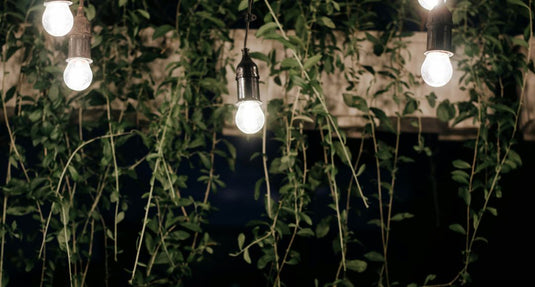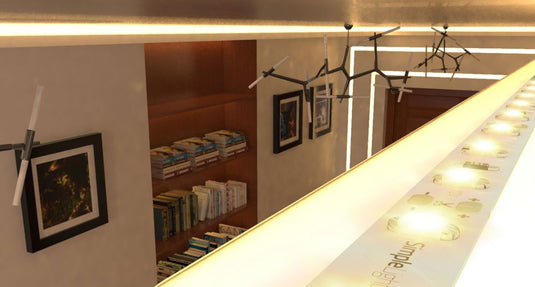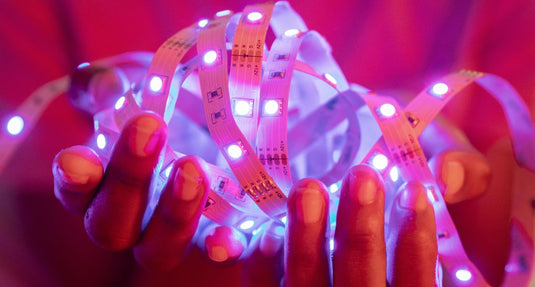Many think LEDs (light-emitting diodes) were invented during the 21st century. However, they were made in 1972 and have been innovated since! Because of their revolutionary contribution to lighting, LEDs are taking over the industry, besting traditional incandescent and fluorescent lighting.
The Core Science of LED Technology
What is an LED, and how does it produce light? A light-emitting diode (LED) is a semiconductor that displays light when an electric current passes through. When electricity flows through the LED, the electrons recombine with holes, radiating light. The LED enables the current to flow forward and blocks the current in reverse.
LEDs are heavily infused p-n junctions. Depending on the semiconductor materials used and the amount of infusion, a light-emitting diode will produce coloured light at a specific spectral wavelength when forward-biased.
Key Components of an LED Bulb
What makes up an LED light bulb?
LED Chips
They resemble small yellow circles secured to a metal piece known as the printed circuit board (PCB). Their two primary chip configurations are chip on board (COB) and discreet.
In a COB, a single LED chip on the PCB creates a clean and steady beam pattern. Alternatively, a discreet has several LED chips on the PCB to produce a specific lumens output.
Heat Sink
A light source, even LEDs, will inevitably produce heat. Traditional light bulbs release heat to their immediate environment, making them hot to the touch. LED light bulbs have a heat sink that absorbs the heat, directs it away from the light-emitting diode, and releases it to the surroundings, keeping the unit cool.
A heat sink is made with a metal piece the LED sits on, creating a path for the heat to be expelled from the light source.
Circuit Board/Driver
The circuit board or driver acts as the brain of the LED bulb. It takes the energy from the electrical socket and informs the LED what functions to do, such as switching on/off or dimming/brightening.
LED drivers are like ballasts to fluorescent lamps. They protect the LED bulb from current and voltage fluctuations.

Housing
The circuit board of an LED heats up when energy flows through it. Because of this, a heat-conducting component is needed. A housing is made with high thermal conductivity, usually aluminium. It makes up the lower part of the bulb, where it links to the base. The housing soaks up the heat from the circuit board, which is why the LED bulb is warm to the touch. However, it’s not as hot as an incandescent fluorescent or halogen bulb.
Base
The base is the portion that attaches to the fixture or socket. Since LEDs have been developed to replace conventional fittings immediately, they are made with various base types.
Lens/Optics
Because of the intensity of LEDs, a filtering agent is added to defuse and distribute the brightness evenly. That component is called a lens on single-direction bulbs and optics on omnidirectional bulbs. The lens/optics are primarily made from shatter-resistant plastics, which is reminiscent of the appearance of traditional lamps.
Conclusion
LED light bulbs are made to make lighting more efficient, long-lasting, and cost-effective. They allow businesses and residences to have a better, more sustainable system. So, if you are still not using LED bulbs, this is a sign to make the switch! To get high-quality LED lighting products, check out our website, LED Supplier, and scroll through our selection!




